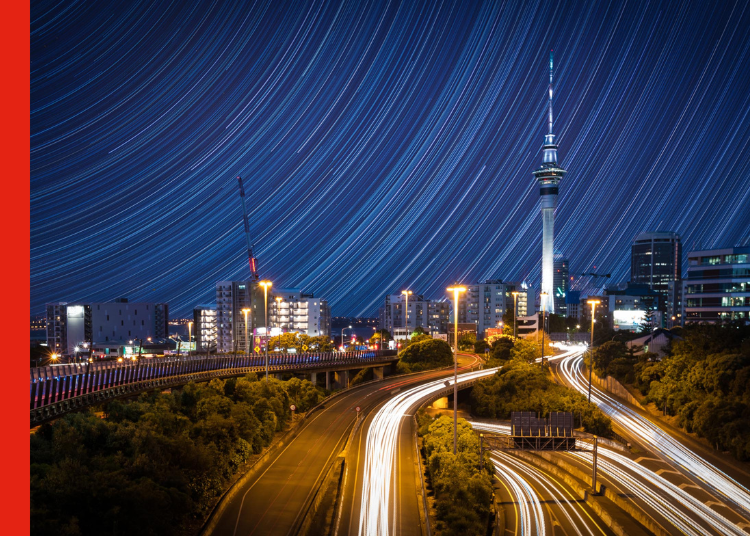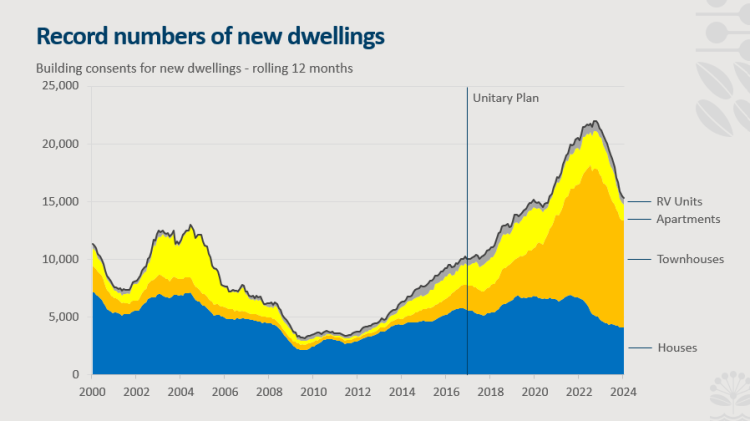
OPINION: As Auckland races towards having a population of 2,000,000 inhabitants, a ‘new look’ Auckland is gradually emerging.
It is a city starting to become dominated by townhouse and apartment living, and one which will increasingly rely on public transport as a means of moving around.
Auckland is on the cusp of joining the 2,000,000 club in terms of population with Stats NZ having it some 300,000 people short of this milestone. The current estimate is the City will reach the 2,000,000 mark in the next six years.
When it occurs, Auckland will still not be large by international standards, but it will cement its position as the fourth largest urban area in New Zealand/Australia (behind Sydney, Melbourne and Brisbane) and be close to making it three times as large as Wellington.
While 300,000 additional people may not sound too intimidating a number to absorb it takes on a different perspective if you think of it in terms of adding the combined populations of Tauranga, Napier and Hastings to Auckland. The additional demands made on the City’s infrastructure will be massive.
How the City houses such an explosive population growth has been occupying the thoughts of planners for decades, and their answer is to go up, out and to intensify.
We can now see the future of Auckland by looking at the type of housing consents being sought and approved. It shows town houses and apartments massively outstripping the stand-along home as the dominant form of housing.
A graphic the NZ Herald published in early April which plots the new home consents over the past 24 years clearly tracks the changing attitude towards what now constitutes a ‘house’.

Stats NZ, Auckland Council Chief Economist Unit
The graphic shows that while initially apartments became the first rival to the stand-alone house, by 2020 townhouses were challenging apartments, and by 2022 townhouses were dominating all forms of dwellings.
While townhouses and apartments are springing up everywhere across the City, they are becoming particularly concentrated along transport corridors, around shopping hubs and in new green or brown field housing developments.
Through making more effective use of the land on which they stand, town houses and apartments normally offer a lower cost option than stand-alone homes.
However, there are other factors at play, including personal preference, a trend to people committed to spend their free time on leisure pursuits rather than on maintaining a property and the ability to obtain a property closer to existing leisure attractions and infrastructure.
It has also produced a bonus for many owners of stand-alone houses whose sections are attractive for redevelopment in giving their properties a higher resale value than might have been the case if the property remained as a single dwelling.
Another significant transformation taking place in Auckland is the development of its underground rail network, due for opening sometime in 2026.
At present, the underground network is the bane of people’s lives as the City is torn apart by its construction, but all who have visited overseas cities with such mass transportation networks know what a boon to moving around the city underground rail offers.
The underground network will revitalise the city centre as a place to work, shop and play.
As any viewer of the popular television show Location Location knows, one of the musts for many London buyers is being within walking distance of the Tube, and Auckland’s new underground system will likely have a similar impact on our suburbia.
It will the final push needed to tip thousands of workers into abandoning their cars for their commute to work.
Rather than size being a disadvantage, the future for Auckland and its inhabitants looks extremely attractive.
